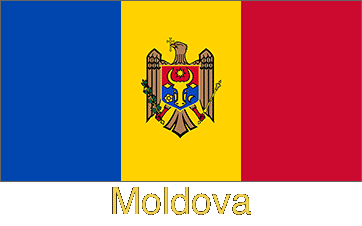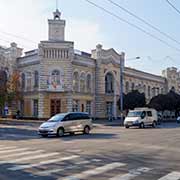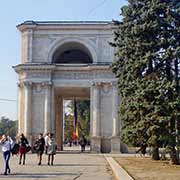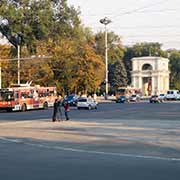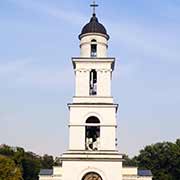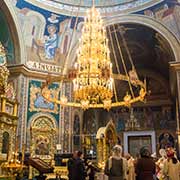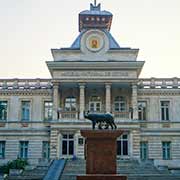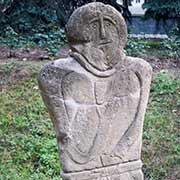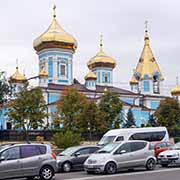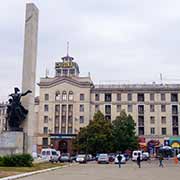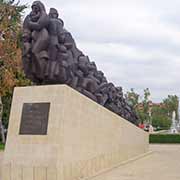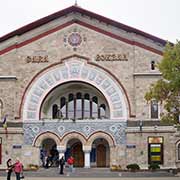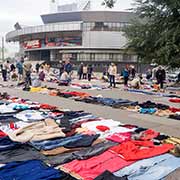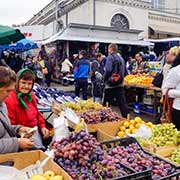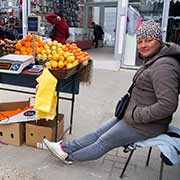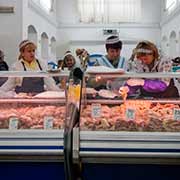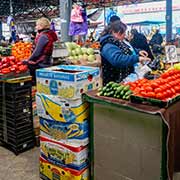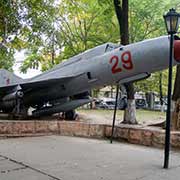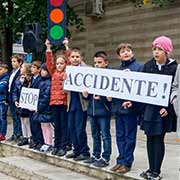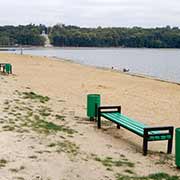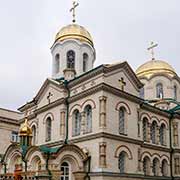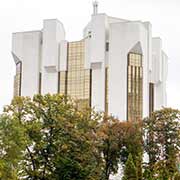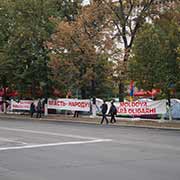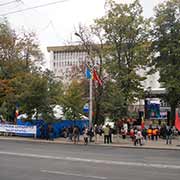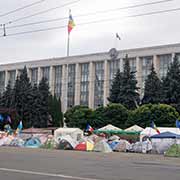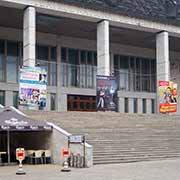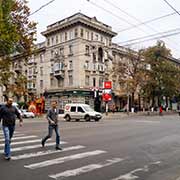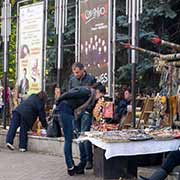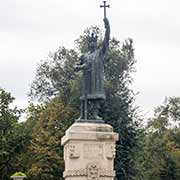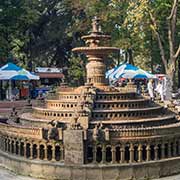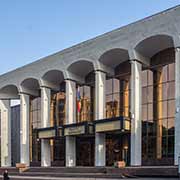Photos of Chișinău, the Moldovan capital, Moldova
Chișinău, the capital of Moldova
Chișinău is the capital and largest city of the Republic of Moldova, its main industrial and commercial centre in the centre of the country. The city of Chișinău, during Soviet days mainly known by its Russian name Kishinev, has close to half a million inhabitants.
you may then send it as a postcard if you wish.
Chișinău was founded in 1436 as a monastery village in the Principality of Moldavia; it was built around a small spring, that may be the source of its name: “chișla” means “spring” or “water source” in old Romanian and “nouă” means “new”. When after the Russo-Turkish War of 1806–1812, eastern Moldavia was ceded to the Russian Empire, Chișinău became the capital of the newly annexed region of Bessarabia. During the Russian period, the city received its boulevards, its Cathedral of Christ’s Nativity and Triumphal Arch to commemorate the victory of the Russian Empire over the Ottoman Empire in the Russo-Turkish War of 1828–1829.
During the Romanian period between the two World Wars, the Stephen the Great Monument was built to replace the monument to Alexander II of Russia, which was destroyed in 1918. The city developed, and large renovation works were carried out. However, during the Second World War, Chișinău was almost completely destroyed: first by a massive earthquake on 10 November 1940 and then by Nazi bombardments and Soviet destruction battalions. It was captured by Axis forces on 17 July 1941 and suffered terribly from Nazi extermination policies: about 10,000 Jews were murdered here. The Red Army took the city on 24 August 1944. During subsequent Soviet days, the drab apartment blocks and Stalinist style palaces were built; on 4 March 1977, another big earthquake shook the city, causing several deaths.
Since independence, the city has seen demonstrations against corruption, culminating in the “Revolta de la Chișinău” (the Chișinău revolt). It started on 7 April 2009 when rioters attacked the parliament building and presidential office, breaking windows, setting furniture on fire and stealing property; six years later, the Presidential Palace was still closed off with a large corrugated iron fence. In 2014, there were revelations of theft at three banks of funds worth about 1 billion US dollars employing fraudulent loans to business entities. Oligarchs and maybe even the government seemed implicated; massive public protests followed, with protesters camping in front of the Parliament building displaying slogans denouncing the corruption.


